Home>Renovation & DIY>Home Renovation Guides>How To Prevent Wasp Nests Under Eaves
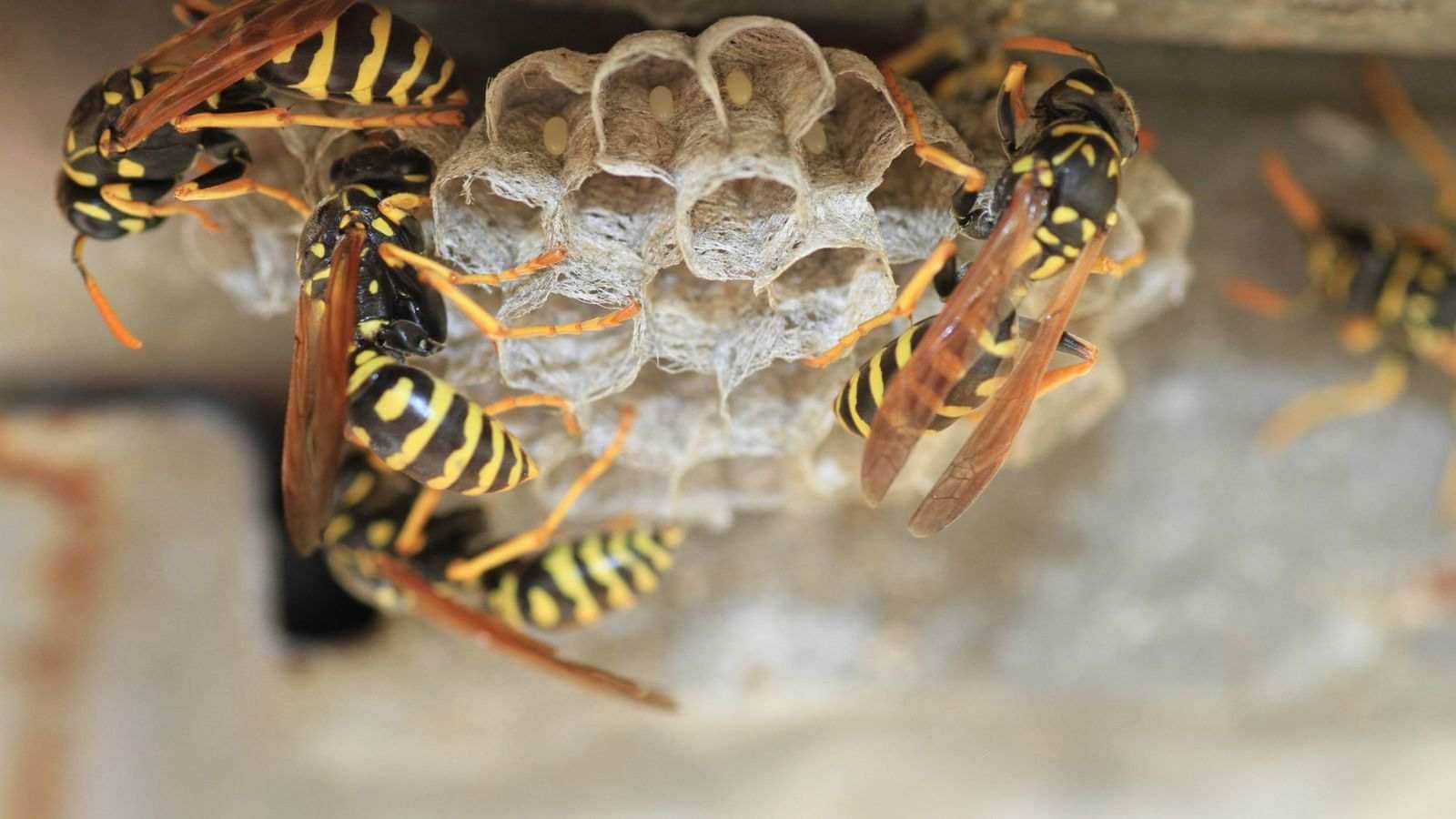

Home Renovation Guides
How To Prevent Wasp Nests Under Eaves
Modified: March 2, 2024
Learn effective methods for preventing wasp nests under eaves with our comprehensive home renovation guide. Keep your home safe and wasp-free!
(Many of the links in this article redirect to a specific reviewed product. Your purchase of these products through affiliate links helps to generate commission for Storables.com, at no extra cost. Learn more)
Introduction
Wasp nests under eaves can be a persistent nuisance for homeowners, posing potential risks of stings and property damage. As the weather warms up, wasps become more active, seeking out suitable locations to build their nests. Understanding their behavior and taking proactive measures to prevent nesting can help maintain a safe and comfortable living environment.
In this comprehensive guide, we will explore effective strategies to prevent wasp nests under eaves, from understanding wasp behavior to implementing natural deterrents and professional prevention services. By gaining insights into the habits of these stinging insects and learning how to identify potential nesting sites, homeowners can take proactive steps to safeguard their homes and outdoor spaces.
Whether you're a seasoned homeowner or a first-time property owner, the information provided in this guide will equip you with the knowledge and tools necessary to tackle wasp prevention with confidence. By incorporating natural deterrents and sealing off entry points, you can create an inhospitable environment for wasps, discouraging them from establishing nests near your eaves.
By the end of this guide, you will have a clear understanding of the steps required to prevent wasp nests under eaves, enabling you to enjoy your outdoor spaces without the fear of encountering these stinging insects. Let's delve into the world of wasp prevention and take proactive measures to keep your home and family safe from potential stings and disturbances.
Key Takeaways:
- Keep wasps away by using natural deterrents like peppermint oil, citrus-based solutions, and wasp-repelling plants. Regularly maintain outdoor spaces to reduce the risk of infestations and enjoy a wasp-free environment.
- Seal off eaves and entry points to prevent wasp nests. Professional prevention services offer tailored solutions and ongoing support for long-term protection against these stinging insects.
Read more: How To Prevent Birds From Nesting In Eaves
Understanding Wasp Behavior
Wasps are fascinating creatures with intricate behavioral patterns that influence their nesting habits. Understanding their behavior is crucial for effective prevention of nests under eaves. Unlike bees that are primarily focused on collecting pollen and nectar, wasps are predatory insects, often preying on other insects for food. This predatory nature drives their nesting behavior, as they seek out sheltered locations to build their nests and rear their young.
During the spring and early summer, wasp colonies are in their initial stages of development. At this time, the queen wasp is actively scouting for suitable nesting sites. Eaves provide an ideal location for nest building, offering shelter from the elements and potential threats. Once a suitable site is identified, the queen begins constructing the nest, laying eggs, and nurturing the first generation of worker wasps.
As the colony grows, so does the demand for food. Worker wasps tirelessly forage for insects and other sources of protein to sustain the developing larvae within the nest. This foraging behavior often brings them into close proximity with human living spaces, increasing the likelihood of unwanted encounters.
Furthermore, wasps are highly territorial, fiercely defending their nests when they perceive a threat. This defensive behavior can pose significant risks to homeowners and their families, especially if the nests are located near frequently used entryways or outdoor gathering areas.
By understanding these behavioral traits, homeowners can anticipate the potential risk of wasp nesting under eaves and take proactive measures to deter them. With this knowledge in mind, it becomes evident that early intervention and prevention are key to minimizing the likelihood of encountering established wasp nests near residential eaves.
Identifying Potential Nesting Sites
Identifying potential nesting sites is a crucial step in preventing wasp infestations under eaves. By familiarizing yourself with the common characteristics of favored nesting locations, you can proactively address these areas to deter wasps from establishing colonies near your home.
Eaves and Overhangs
Eaves and overhangs provide an ideal sheltered environment for wasps to build their nests. The underside of eaves offers protection from the elements and potential predators, making it an attractive location for queen wasps to initiate nest construction. Inspect the undersides of eaves for any signs of wasp activity, such as small papery structures or increased wasp presence.
Sheltered Entryways
Sheltered entryways, including porches and alcoves, are also prime candidates for wasp nesting. These areas provide protection from direct sunlight and rain, creating a conducive environment for nest development. Regularly monitor these entryways for any indications of wasp activity, such as visible nests or heightened wasp traffic.
Read more: How To Get Rid Of Wasps In Eaves
Attic Spaces
Unfinished attic spaces with accessible entry points can become unwitting hosts to wasp colonies. Wasps may gain entry through small openings or gaps in the attic structure, utilizing the space to establish their nests. Conduct thorough inspections of your attic, paying close attention to potential entry points and any signs of wasp presence.
Garden Structures
Garden sheds, pergolas, and other outdoor structures offer sheltered locations that may attract nesting wasps. Check these structures for signs of wasp activity, such as visible nests or an increased number of foraging wasps in the vicinity. By addressing these potential nesting sites, you can significantly reduce the likelihood of wasp infestations under eaves and in outdoor living spaces.
Visual Cues
Keep an eye out for visual cues that may indicate potential nesting sites, such as small mud tubes, papery hexagonal structures, or heightened wasp activity in specific areas. By remaining vigilant and observant, you can identify and address potential nesting sites before they escalate into full-blown infestations.
By actively identifying and addressing potential nesting sites, homeowners can take proactive steps to prevent wasp colonies from establishing themselves under eaves and in other sheltered areas around the property. This early intervention can significantly reduce the likelihood of unwanted wasp encounters and create a safer, more enjoyable outdoor living environment.
Natural Deterrents for Wasps
Implementing natural deterrents for wasps can be an effective and environmentally friendly approach to preventing nests under eaves. By leveraging the innate aversions and sensitivities of these stinging insects, homeowners can create an inhospitable environment that discourages wasps from establishing colonies near their living spaces. Here are several natural deterrents that can help mitigate the risk of wasp infestations:
Peppermint Oil
Peppermint oil is known for its potent scent, which has been found to repel wasps. By diluting peppermint oil with water and spraying it in areas prone to wasp activity, homeowners can create a natural barrier that deters these insects. The strong aroma of peppermint disrupts the chemical signals used by wasps to communicate and navigate, making the treated areas less appealing for nesting.
Citrus-Based Solutions
Citrus-based deterrents, such as lemon or orange essential oils, can serve as effective repellents for wasps. These oils can be mixed with water and sprayed around eaves, entryways, and outdoor living spaces to discourage wasp activity. The acidic nature of citrus oils, combined with their strong fragrance, can disrupt the sensory cues used by wasps, deterring them from establishing nests in treated areas.
Wasp-Repelling Plants
Certain plant species, including spearmint, thyme, and eucalyptus, possess natural properties that repel wasps. By strategically incorporating these plants into landscaping around the home, homeowners can create a natural barrier against wasp infestations. These plants emit fragrances and compounds that interfere with the sensory mechanisms of wasps, making the surrounding areas less hospitable for nesting.
Hanging Wasp Deterrents
Visual deterrents, such as artificial wasp nests or paper bags, can be hung near eaves and outdoor gathering areas to dissuade wasps from establishing colonies. These decoys capitalize on the territorial nature of wasps, as they are less likely to build nests in areas already claimed by other colonies. By strategically placing these deterrents, homeowners can create a perception of existing wasp activity, deterring new colonies from forming.
Read more: How To Install Soffit Under Eaves
Maintaining Clean Outdoor Spaces
Regular maintenance of outdoor living areas, including cleaning up food residues and spills, can help deter wasps. Wasps are attracted to sugary substances and food remnants, making outdoor dining areas and garbage bins potential hotspots for wasp activity. By promptly cleaning up spills and ensuring proper waste management, homeowners can reduce the attractiveness of these areas to foraging wasps.
By incorporating these natural deterrents into their preventive strategies, homeowners can create an environment that is less conducive to wasp nesting and foraging. These measures not only help minimize the risk of unwanted wasp encounters but also contribute to a more harmonious coexistence with these beneficial yet potentially disruptive insects.
Sealing Off Eaves and Entry Points
Sealing off eaves and entry points is a fundamental aspect of preventing wasp nests from taking root near residential structures. By addressing potential access points and fortifying vulnerable areas, homeowners can significantly reduce the likelihood of wasp infestations under eaves and in other sheltered locations.
Inspecting and Repairing Eaves
Begin by conducting a thorough inspection of the eaves and overhangs around your home. Look for gaps, cracks, or openings that could serve as potential entry points for wasps. Common areas of concern include gaps between the eaves and the exterior walls, as well as any damaged or deteriorating sections that may provide access to the interior spaces.
Once identified, promptly repair and seal off these openings using appropriate materials such as silicone caulk or expanding foam. Ensuring a tight seal will not only prevent wasps from gaining entry but also contribute to improved energy efficiency and weatherproofing of the home.
Screening Ventilation Openings
Attic and roof ventilation openings, such as soffit vents and ridge vents, should be screened to prevent wasp intrusion. Install fine mesh screens over these openings to allow for adequate airflow while effectively blocking the entry of wasps and other pests. Regularly inspect and maintain these screens to ensure their integrity and functionality.
Sealing Cracks and Crevices
Inspect the exterior walls of your home for any cracks, crevices, or gaps that could potentially serve as entry points for wasps. Seal these openings using durable and weather-resistant materials, such as mortar or specialized sealants. Pay close attention to areas around windows, doors, and utility penetrations, as these are common entry points for pests, including wasps.
Reinforcing Eaves and Soffits
Consider reinforcing eaves and soffits with sturdy materials to deter wasp nesting. Installing metal flashing or wire mesh along the undersides of eaves can create a physical barrier that discourages wasps from initiating nest construction. These deterrent measures not only fortify vulnerable areas but also contribute to the long-term structural integrity of the home.
By diligently sealing off eaves and entry points, homeowners can proactively minimize the risk of wasp infestations and create a more secure living environment. These preventive measures, when combined with other strategies such as natural deterrents and regular inspections, form a comprehensive approach to mitigating the potential impact of wasp nesting near residential eaves.
Professional Wasp Prevention Services
Professional wasp prevention services offer homeowners a comprehensive and targeted approach to mitigating the risk of wasp infestations near residential eaves and outdoor living spaces. These specialized services are designed to address existing wasp activity, implement preventive measures, and provide ongoing support to ensure long-term protection against these stinging insects.
Upon engaging professional wasp prevention services, homeowners can expect a thorough assessment of their property to identify potential nesting sites, entry points, and existing wasp activity. Experienced technicians possess the knowledge and expertise to recognize subtle indicators of wasp presence, allowing for proactive intervention before infestations escalate.
One of the key benefits of professional wasp prevention services is the tailored approach to addressing specific vulnerabilities around the property. Technicians are equipped with the necessary tools and materials to seal off eaves, entry points, and other potential nesting sites effectively. By leveraging professional-grade solutions, homeowners can achieve a higher level of protection against wasp intrusion.
In addition to physical interventions, professional services often incorporate targeted treatments to deter wasps from establishing colonies near residential structures. These treatments may include eco-friendly repellents and deterrents that disrupt the sensory cues used by wasps, creating an inhospitable environment for nesting and foraging.
Furthermore, ongoing monitoring and maintenance are integral components of professional wasp prevention services. Technicians conduct regular inspections to assess the effectiveness of preventive measures and address any emerging vulnerabilities. This proactive approach ensures that the property remains safeguarded against potential wasp infestations, providing homeowners with peace of mind and long-term protection.
By enlisting professional wasp prevention services, homeowners can benefit from the expertise and specialized knowledge of trained technicians. These services offer a proactive and targeted approach to preventing wasp nests under eaves, contributing to a safer and more enjoyable outdoor living environment. With a focus on early intervention, tailored solutions, and ongoing support, professional wasp prevention services provide homeowners with a comprehensive strategy to mitigate the risks associated with wasp infestations.
Frequently Asked Questions about How To Prevent Wasp Nests Under Eaves
Was this page helpful?
At Storables.com, we guarantee accurate and reliable information. Our content, validated by Expert Board Contributors, is crafted following stringent Editorial Policies. We're committed to providing you with well-researched, expert-backed insights for all your informational needs.
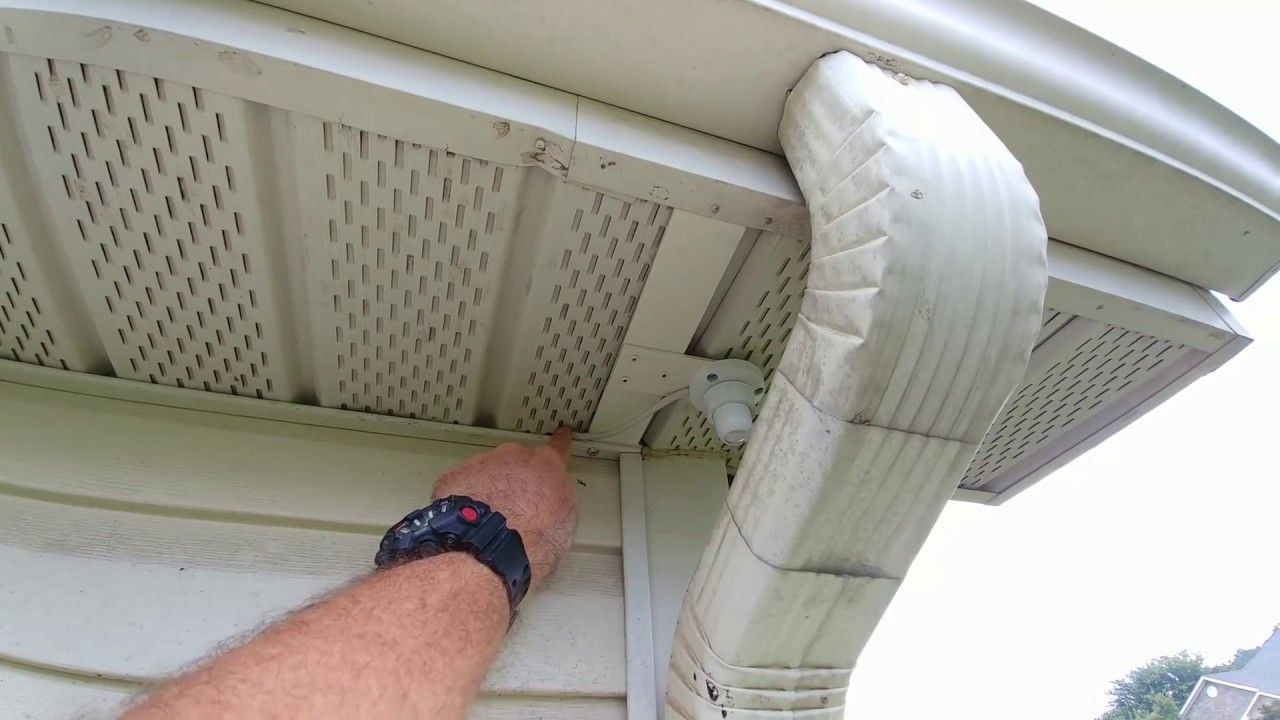
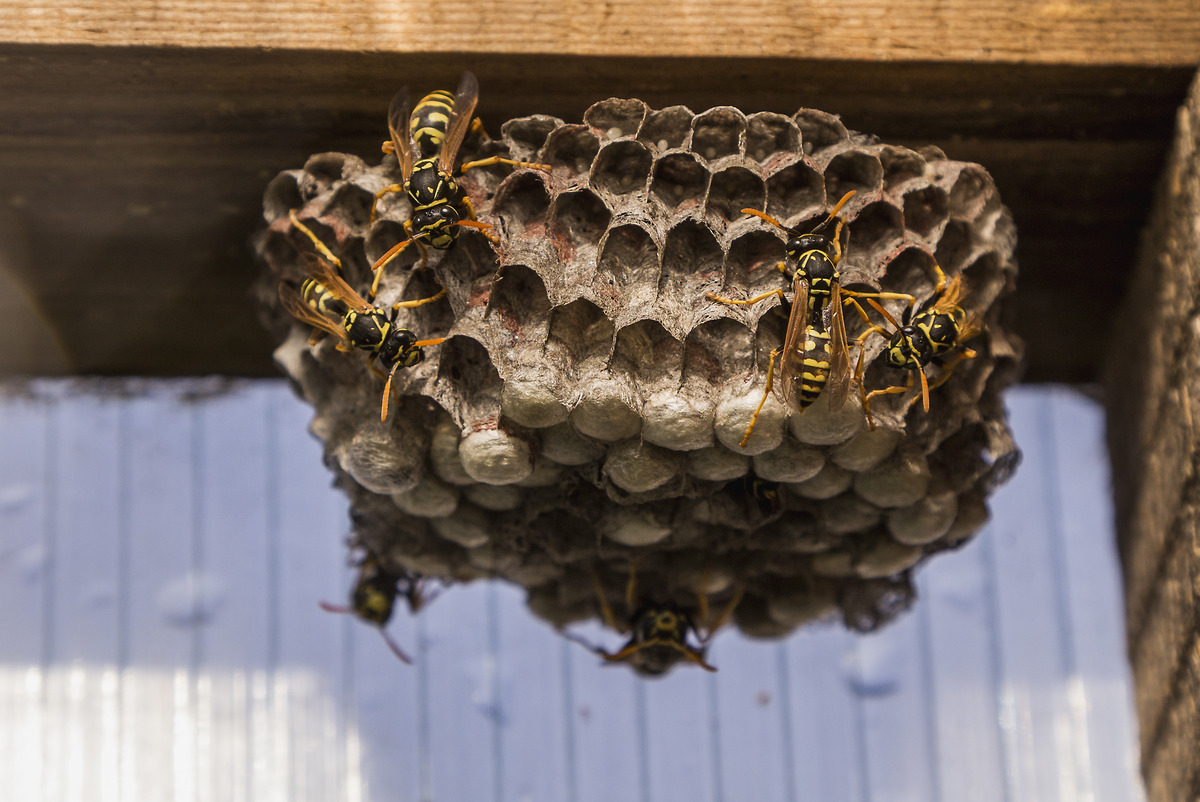

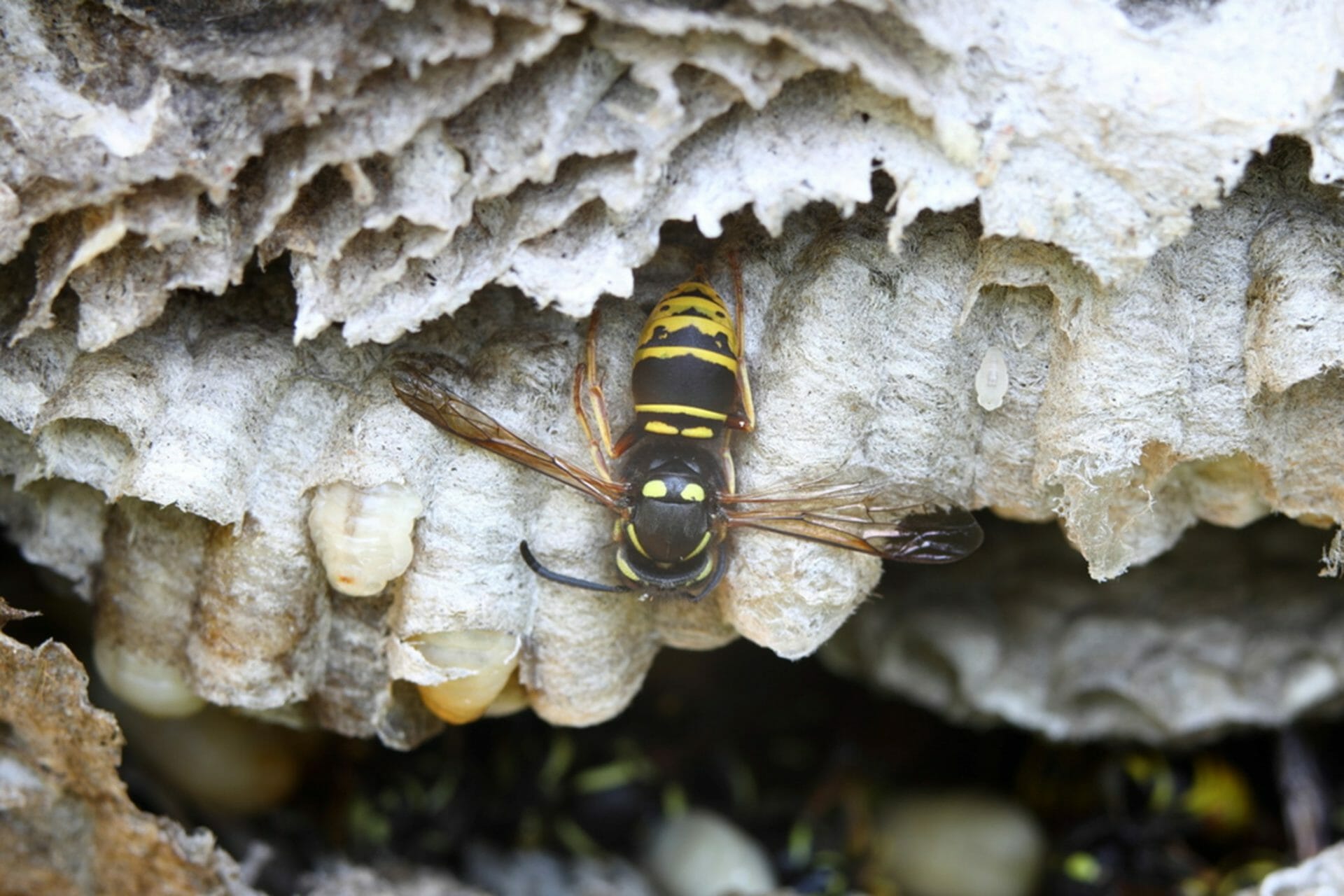
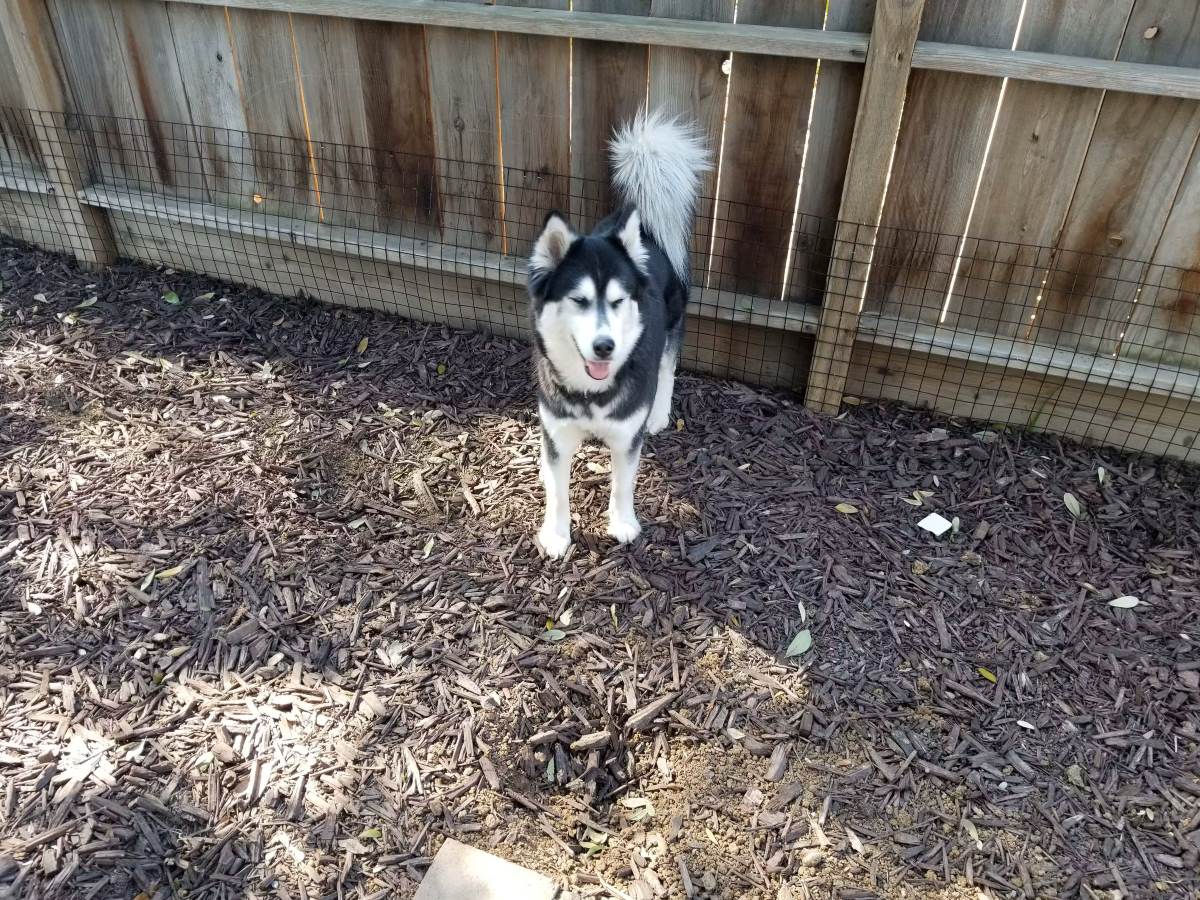
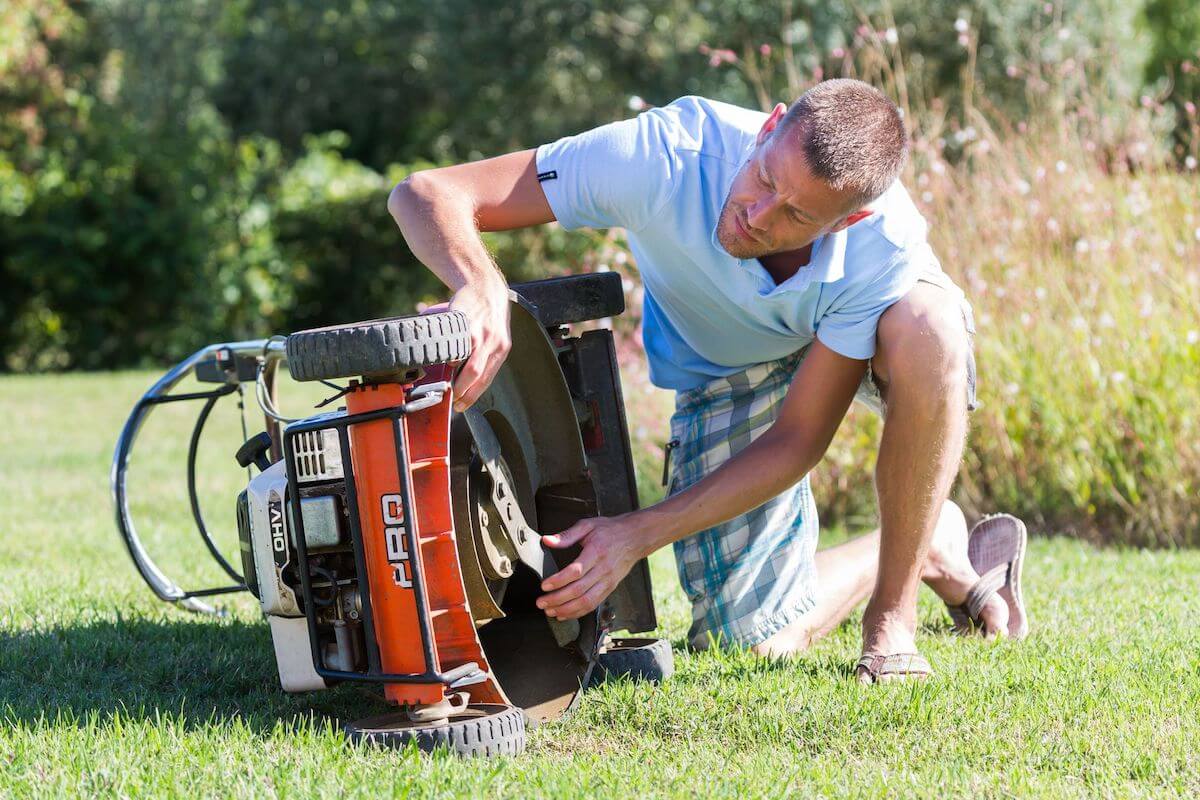
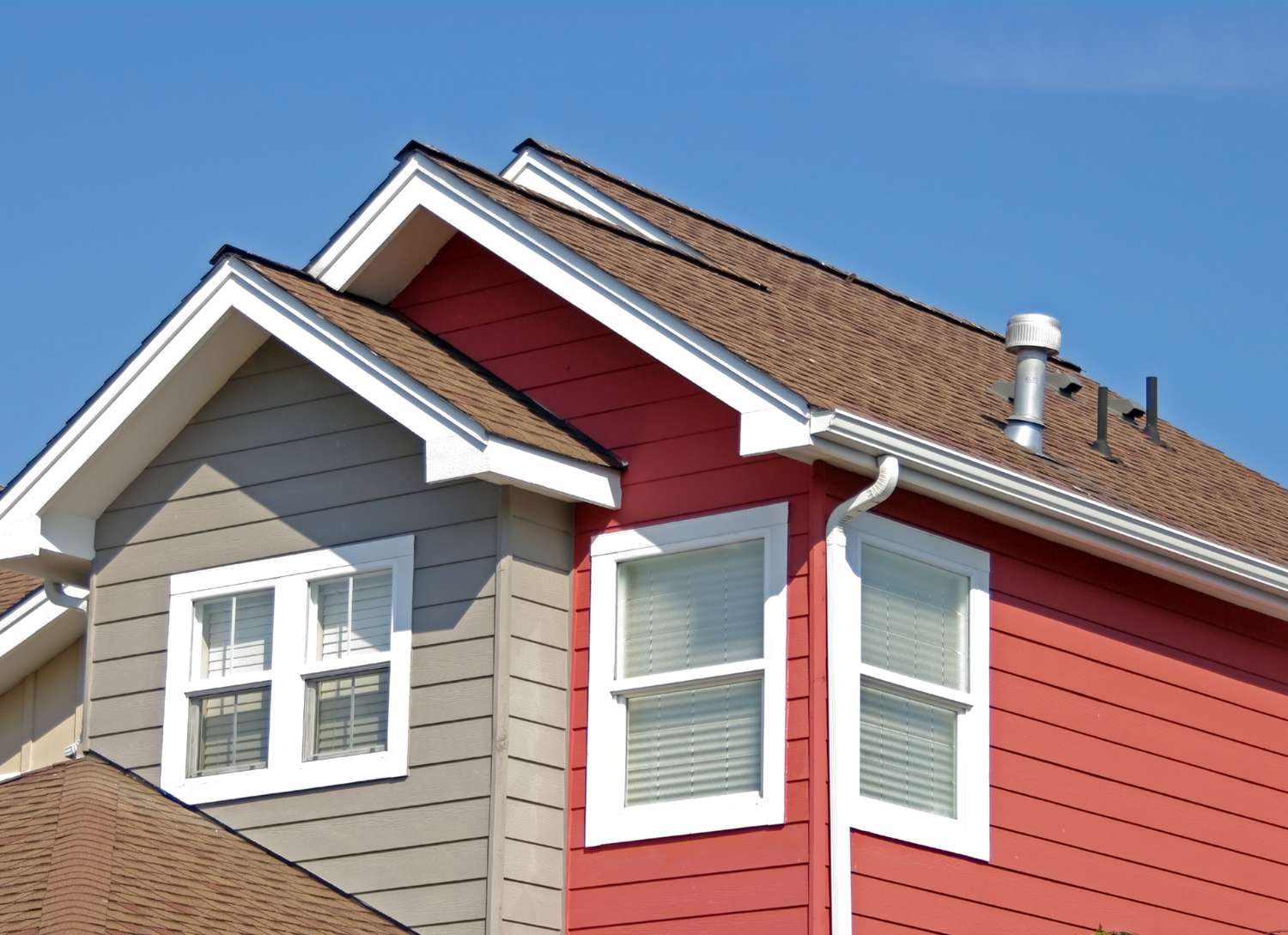
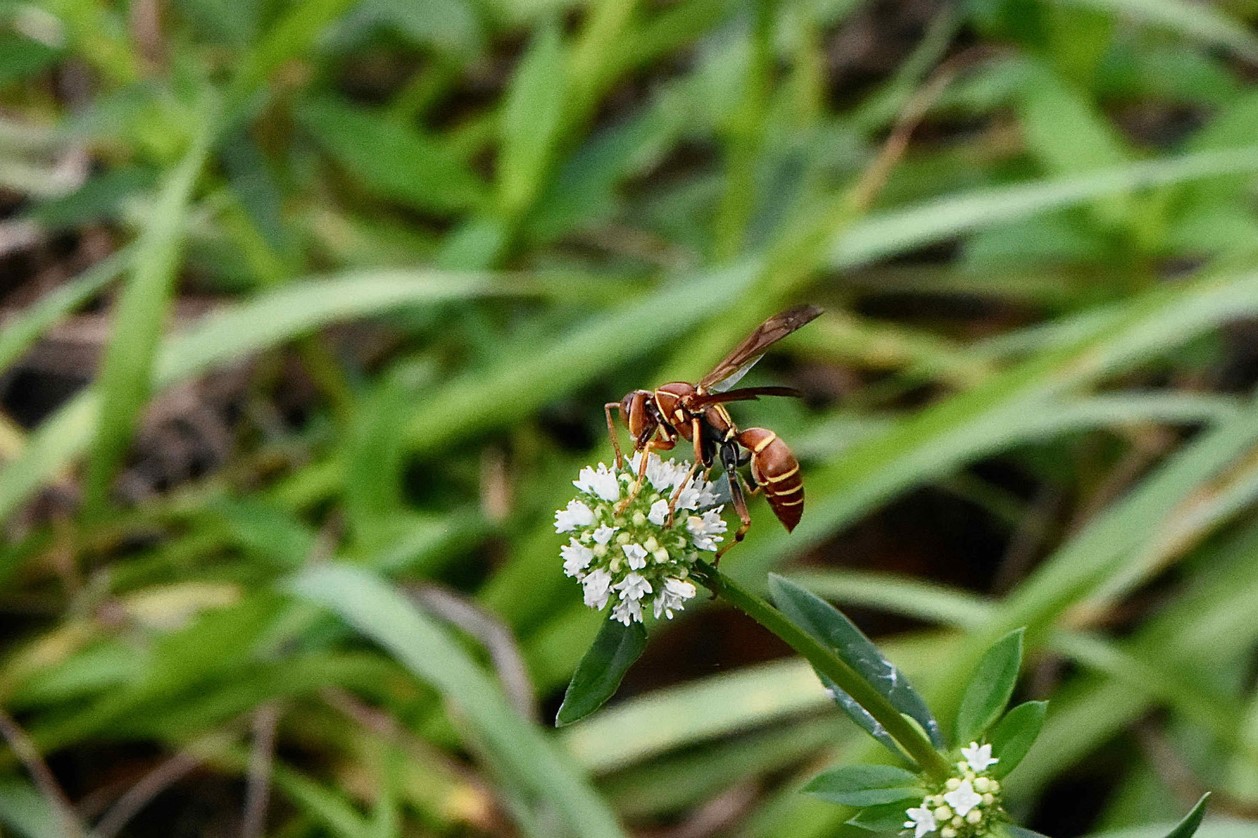
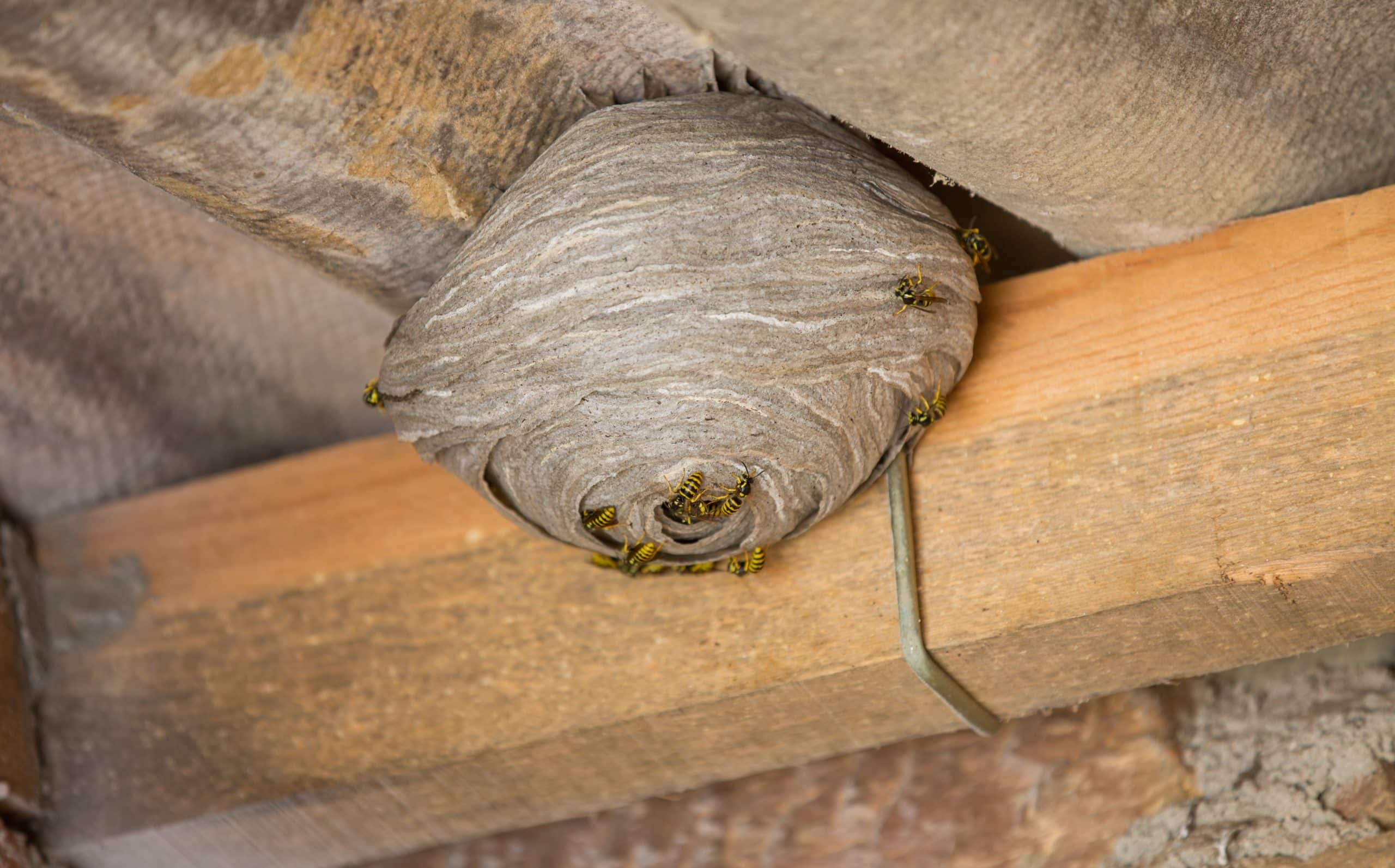
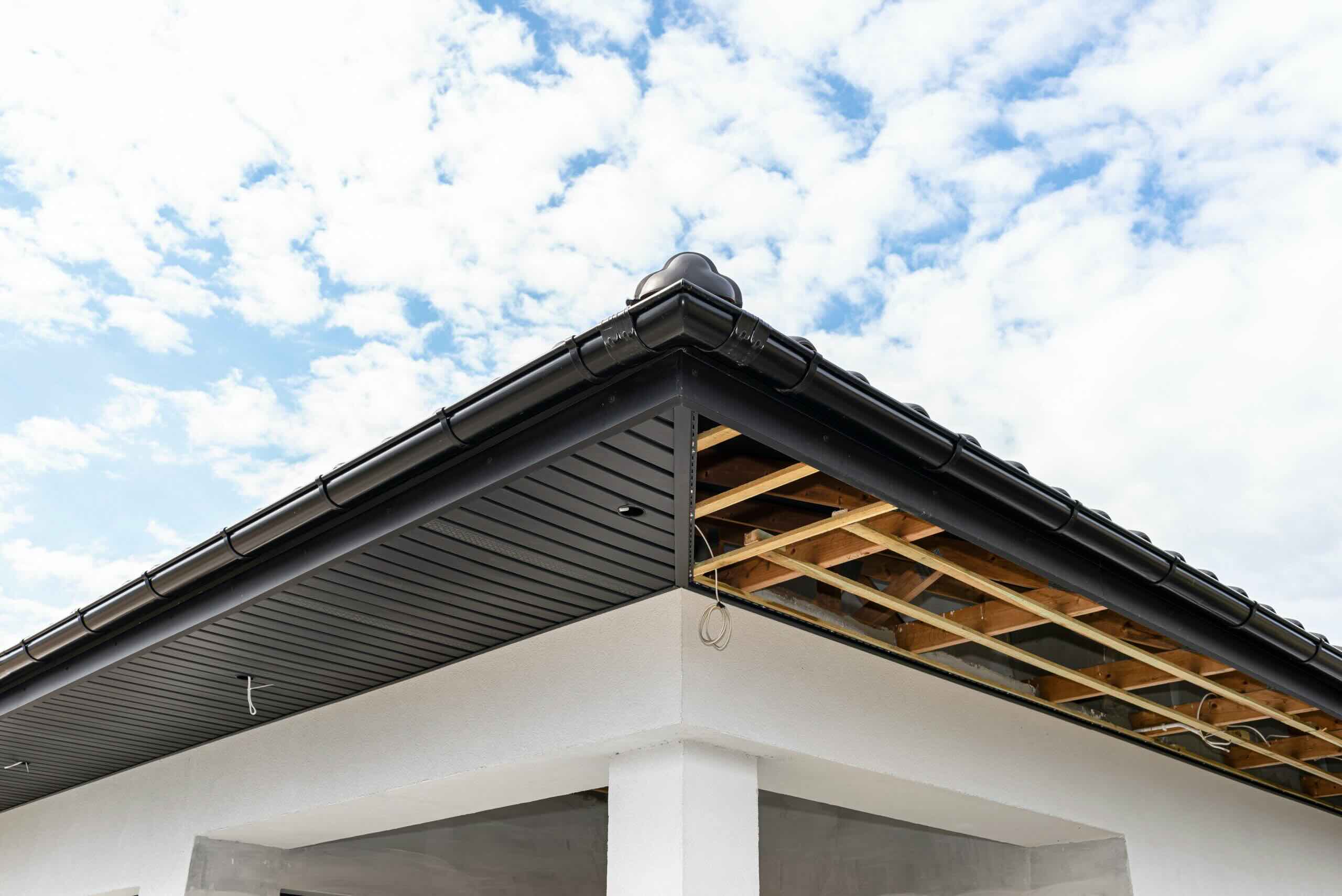
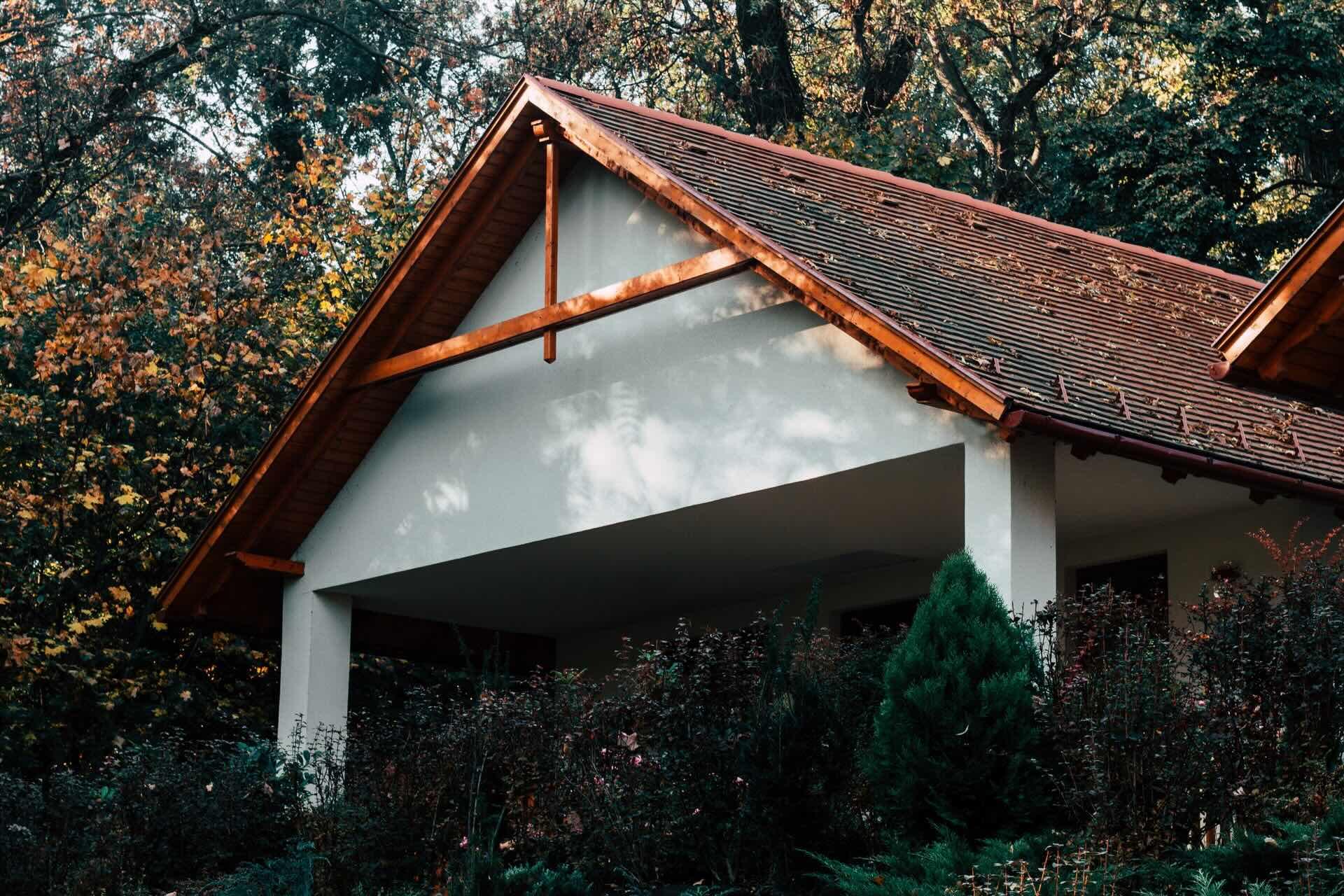

0 thoughts on “How To Prevent Wasp Nests Under Eaves”